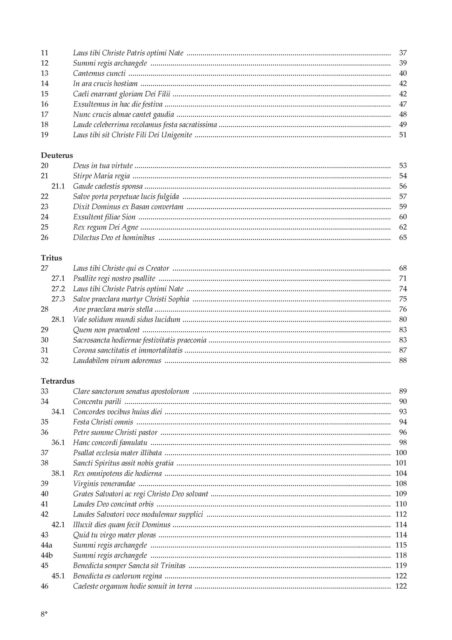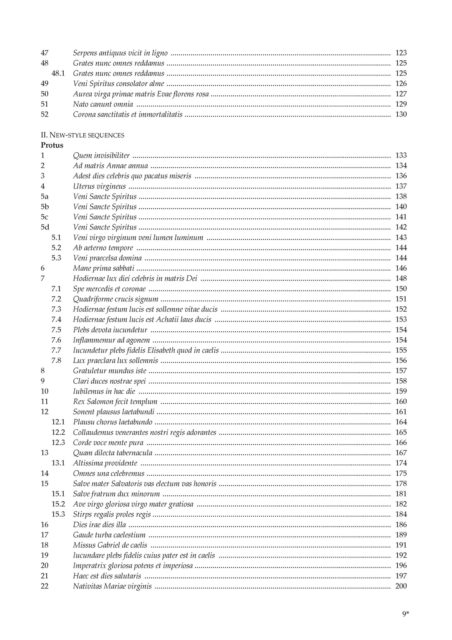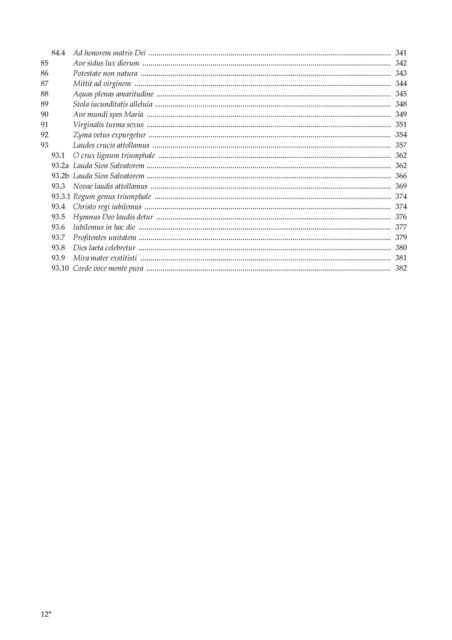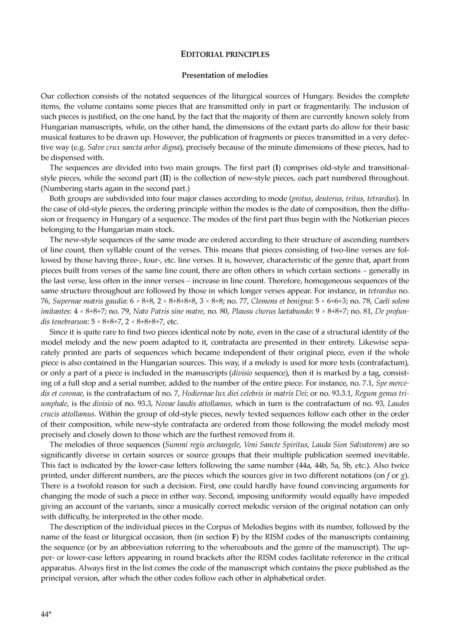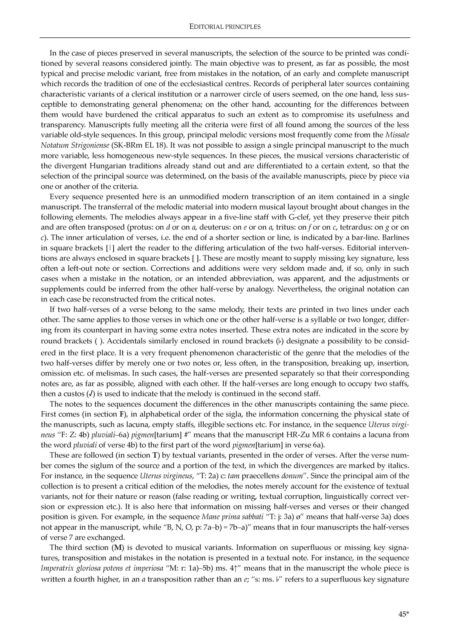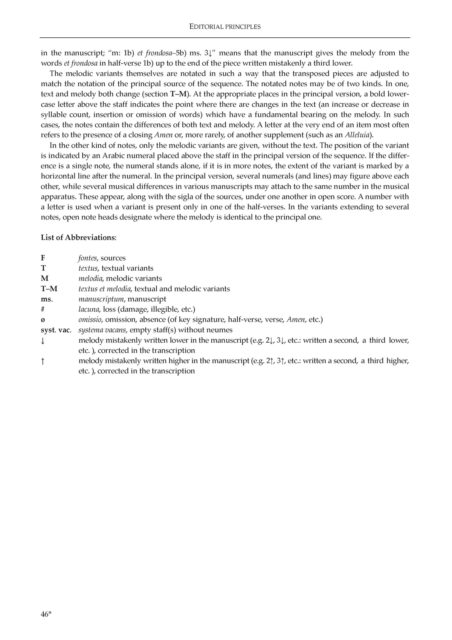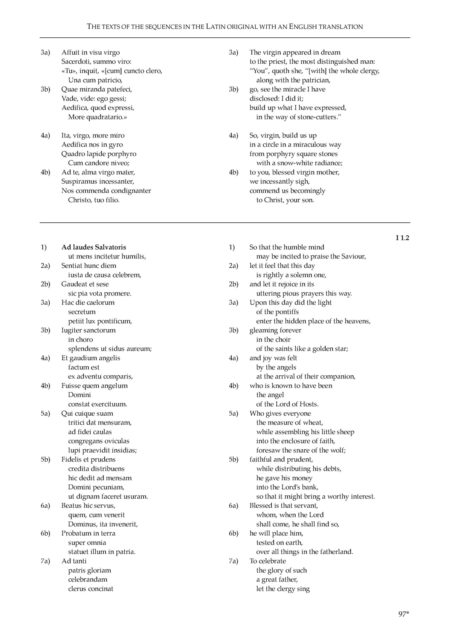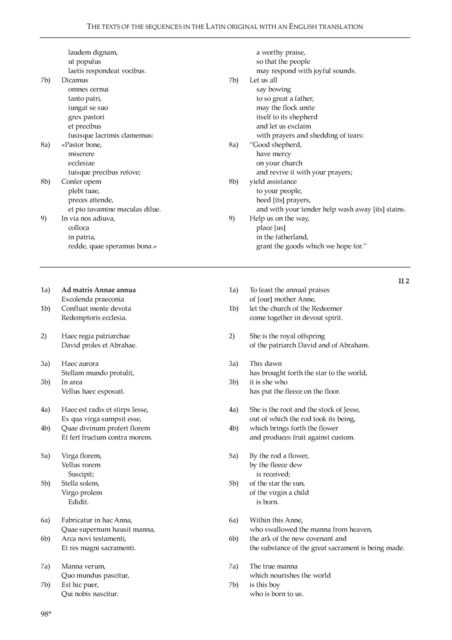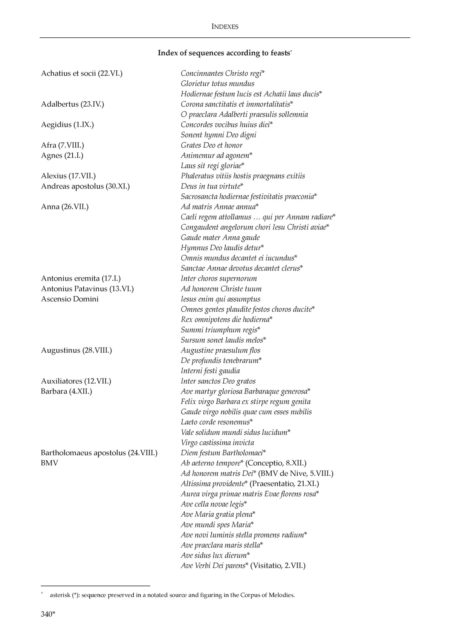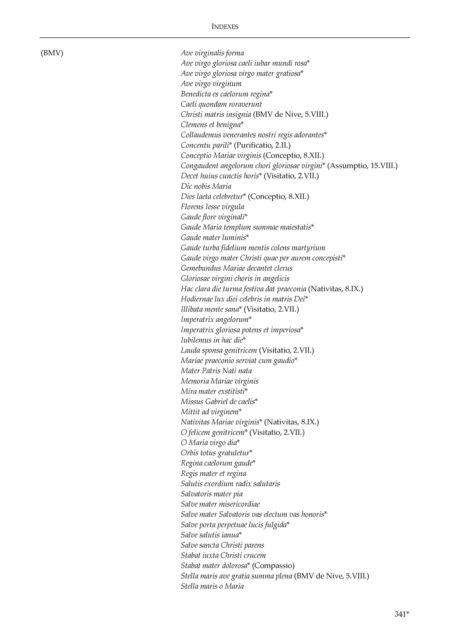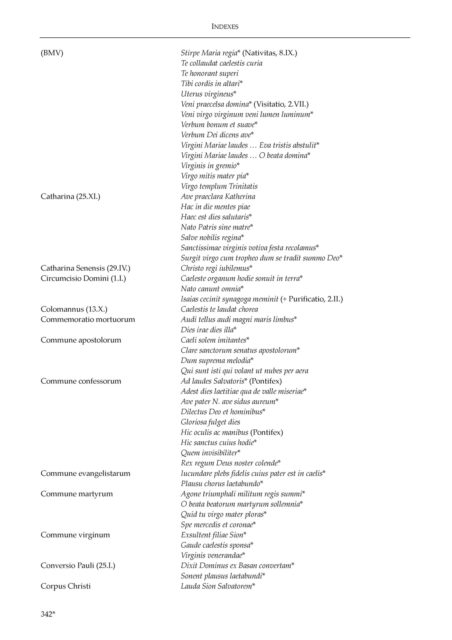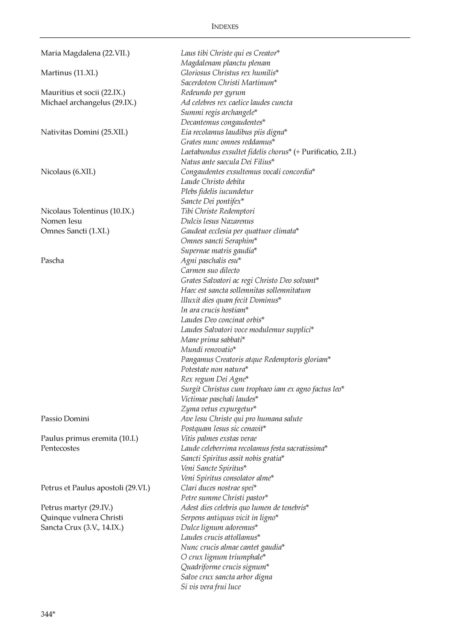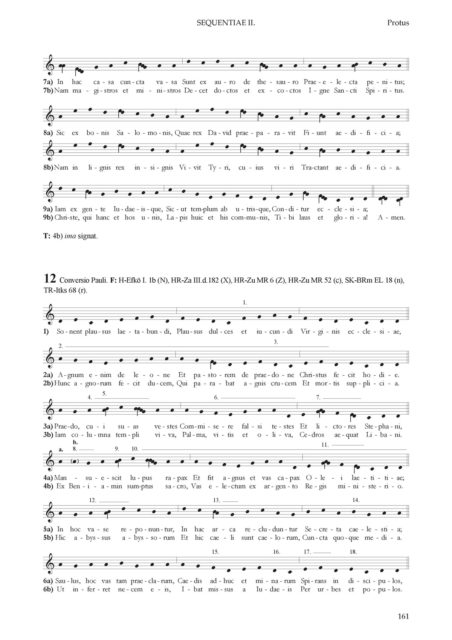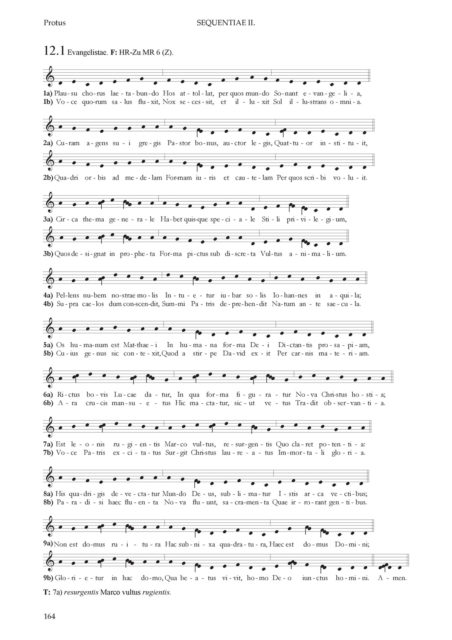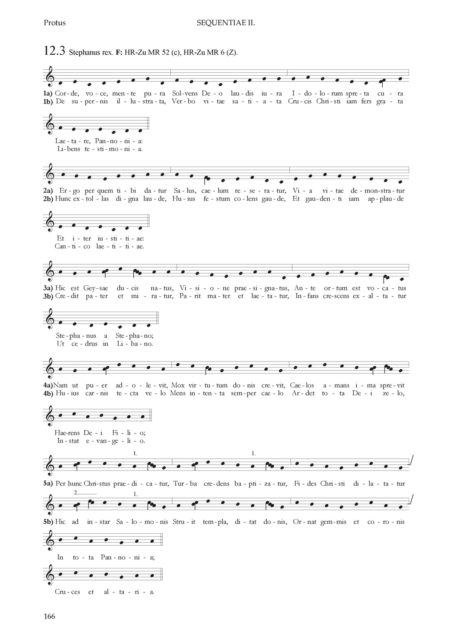Andrea Kovács – Monuments of medieval liturgical poetry in Hungary; Sequences – Critical edition of melodies
Musica Sacra Hungarica 1
Details:
-
- Argumentum Publishing House, Liszt Ferenc Academy of Music Church Music Research Group
-
- Budapest, 2017
-
- Number of pages: 735
-
- Type of Cover: hard, paper
-
- Size: A/4
-
- ISBN: 978-963-7181-55-9
-
- Languages: English and Latin
- Price: 25.000 HUF (cc. 80 EUR) + postage cost
The idea was that by processing the material of all the liturgical books — including the ones with musical notation and without musical notation, both complete and fragmentary, in manuscript and in print — we could establish the sequence repertory of Hungary, which would include not only those sequences occurring in their entirety but also the ones identified only by their incipits. Collecting the references contained in rubrics proved useful for several reasons, and led to surprises and unexpected results. Firstly, rubrics may help us acquire an approximate grasp of the sequentiary of a given source, even if that collection does not survive or does so only in part. Secondly, in contrast to the often terse and generalising inscriptions found in the prosariums, it makes it possible to locate more precisely and unequivocally the liturgical position of a piece, i.e. to identify the feast or the occasion on which it was performed. Thirdly, it is precisely these rubrics that provided us with points of departure for clarifying the origin of a manuscript or identifying a specimen copy.
The initial drawing up of the repertory of sequences was followed by the transcription of every notated item from each accessible source, by the preparation of notes and by elaborating the principles by which the material would be published, keeping two main considerations aspects constantly in view. The first was that this edition of the sequence melodies should aim to make available for performance practice, that is for the use of singers the entire corpus of sources from Hungary currently known. The second was that it should assist researchers of the Hungarian history of the genre by collating the repertory, publishing textual and melodic variants and providing short notes on the pieces. It was these joint considerations that shaped and determined the manner of presenting the melodies and of preparing the textual and musical notes to them, requiring ultimately the compilation of indexes including also the unnotated sources as well as an English translation of the poetic texts.


